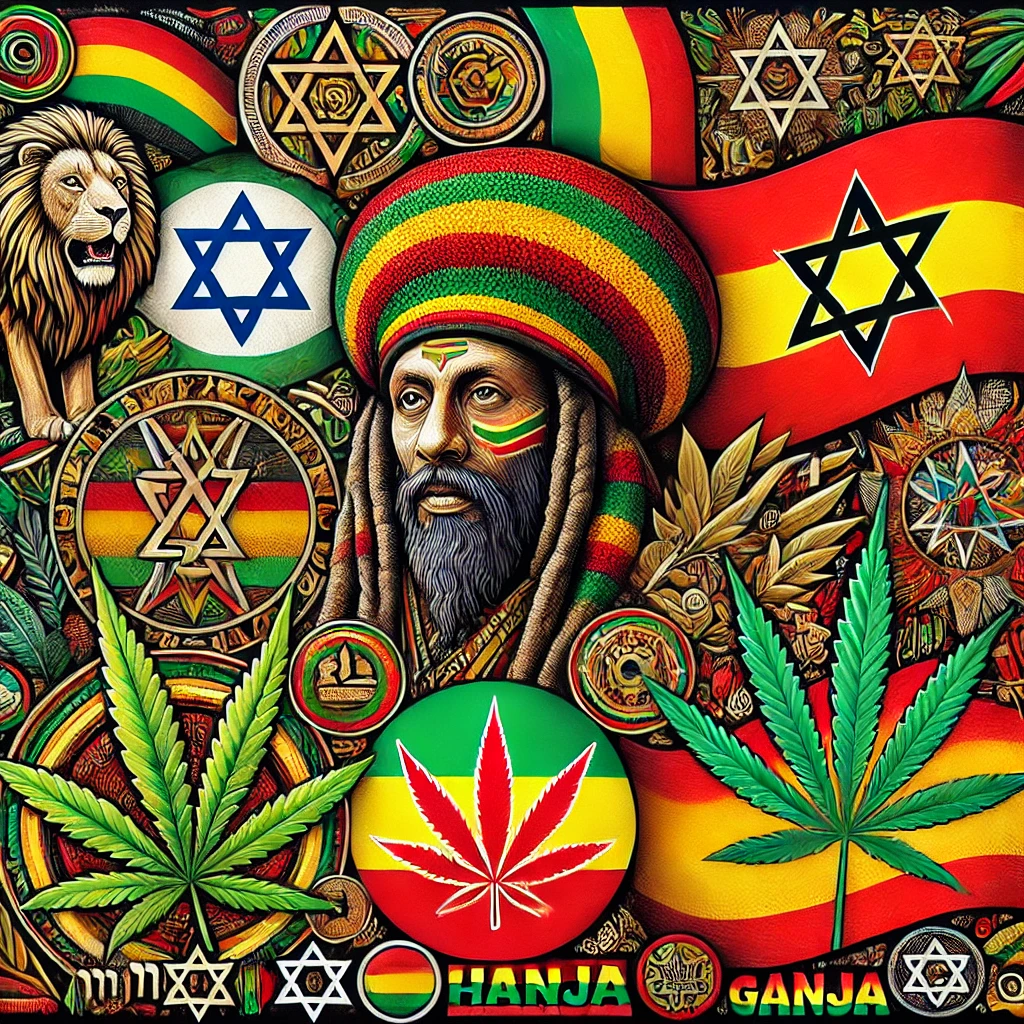Bless up, my brethren and sistren! Today, we a go explore di rich symbolism found in Rastafarian art. From vibrant colors to meaningful icons and powerful themes, Rastafarian art is a visual expression of our culture, beliefs, and spirituality.
The Power of Colors
Colors play a significant role in Rastafarian art. Di three primary colors associated wid Rastafarianism are red, gold, and green, often accompanied by black. Each color carries deep meaning and reflects different aspects of our faith and heritage.
Red
Red symbolizes the blood of martyrs in the fight for liberation and the struggles of the African people. It’s a reminder of the sacrifices made by those who fought for freedom and justice.
Gold
Gold represents the wealth and prosperity of Africa. It also signifies the warmth and light of the sun, bringing hope and positivity.
Green
Green stands for the lush vegetation of Africa and the land of Ethiopia, considered the spiritual homeland of Rastafarians. It symbolizes life, growth, and abundance.
Black
Black represents the African people and their strength, resilience, and beauty. It’s a color of pride and identity, celebrating our roots and heritage.
Iconic Symbols in Rastafarian Art
Rastafarian art is filled with iconic symbols that convey important messages and connect us to our spirituality and culture.
The Lion of Judah
The Lion of Judah is one of the most powerful symbols in Rastafarianism. It represents Emperor Haile Selassie I, who is seen as the Lion of Judah, fulfilling biblical prophecy. The lion symbolizes strength, courage, and kingship. It’s a common motif in Rastafarian art, often depicted with a crown or in a regal pose.
The Star of David
The Star of David, or Magen David, is another important symbol. It represents the connection between the Rastafarian movement and the lineage of King Solomon and King David. The star is a symbol of divine protection and unity.
The Ethiopian Flag
The Ethiopian flag, with its red, gold, and green colors, is a significant icon in Rastafarian art. It represents the connection to Ethiopia, the spiritual homeland, and the legacy of Emperor Haile Selassie I. The flag often features prominently in artworks, reflecting pride and reverence for Ethiopia.
The Herb (Ganja)
The herb, or ganja, is a sacred plant in Rastafarian culture. It symbolizes wisdom, healing, and spiritual enlightenment. In Rastafarian art, the herb is often depicted as a source of meditation and a connection to Jah.
Themes in Rastafarian Art
Rastafarian art explores various themes that reflect the beliefs, struggles, and aspirations of the Rastafarian community.
Spirituality and Connection to Jah
Many artworks focus on the spiritual connection to Jah (God). These pieces often depict scenes of meditation, prayer, and divine inspiration. The art serves as a reminder of the importance of faith and the presence of Jah in everyday life.
Liberation and Social Justice
Themes of liberation and social justice are prevalent in Rastafarian art. These works highlight the fight against oppression, inequality, and injustice. They pay tribute to the resilience of the African people and the ongoing struggle for freedom and equality.
Unity and Community
Unity and community are central themes in Rastafarianism. Artworks often depict gatherings, celebrations, and communal activities, emphasizing the importance of togetherness and mutual support. These pieces celebrate the strength and beauty of the Rastafarian community.
Connection to Nature
Nature is a vital aspect of Rastafarian life. Artworks frequently portray the beauty of the natural world, from lush landscapes to vibrant animals and plants. These pieces reflect the Rastafarian belief in living harmoniously with nature and honoring Jah’s creation.
Conclusion
Rastafarian art is a rich tapestry of colors, symbols, and themes that convey the essence of our culture and beliefs. Through vibrant colors, iconic symbols, and powerful themes, Rastafarian artists share their vision of spirituality, justice, unity, and connection to nature. By exploring these artistic expressions, we gain a deeper understanding of the Rastafarian way of life and the enduring spirit of our community. One love!

